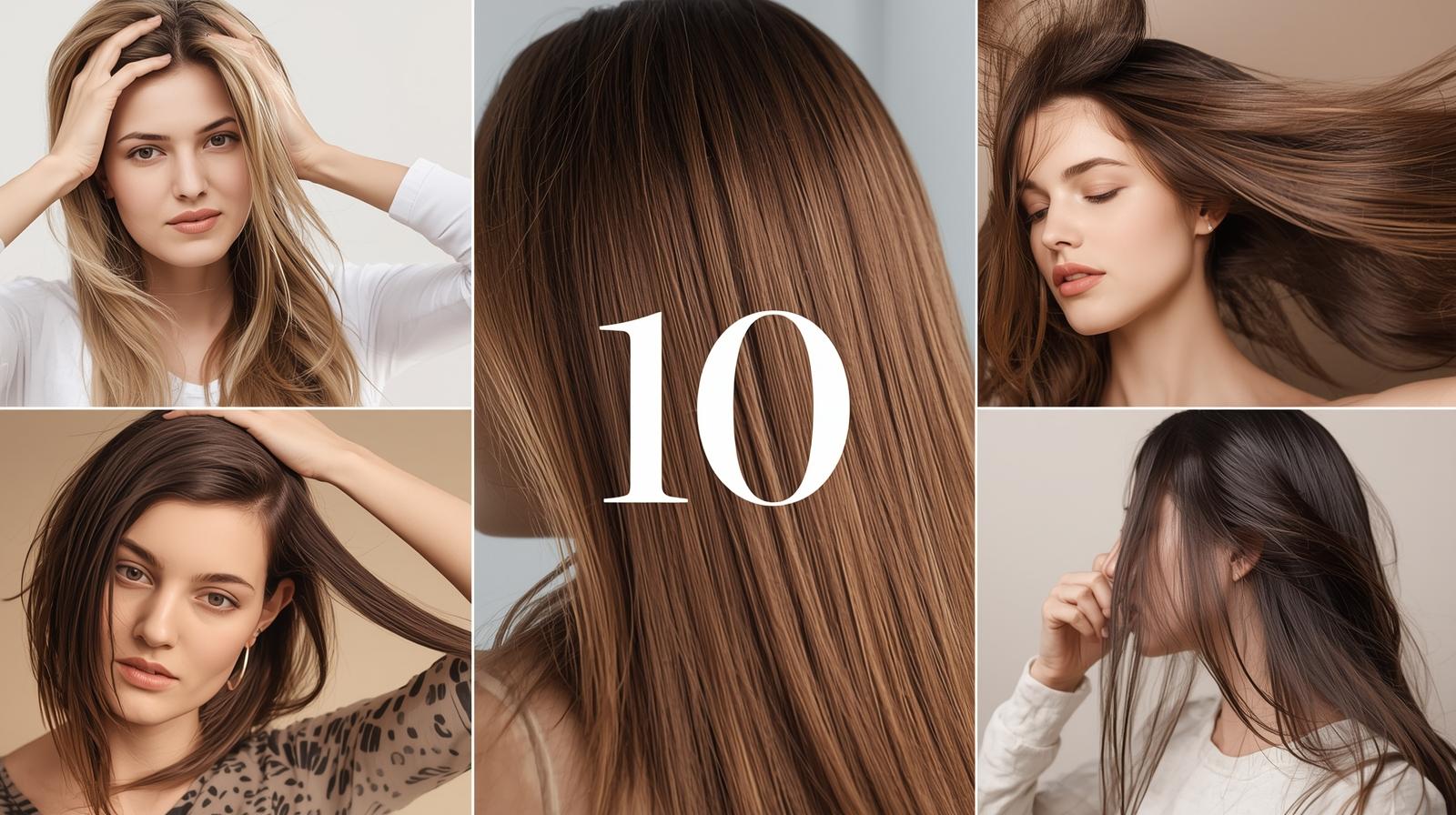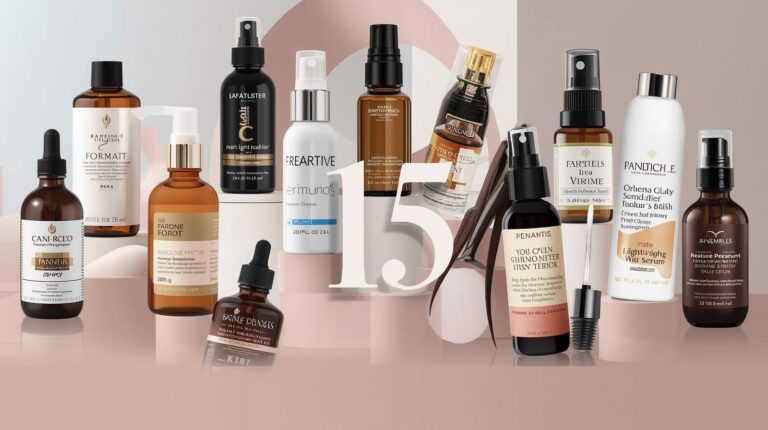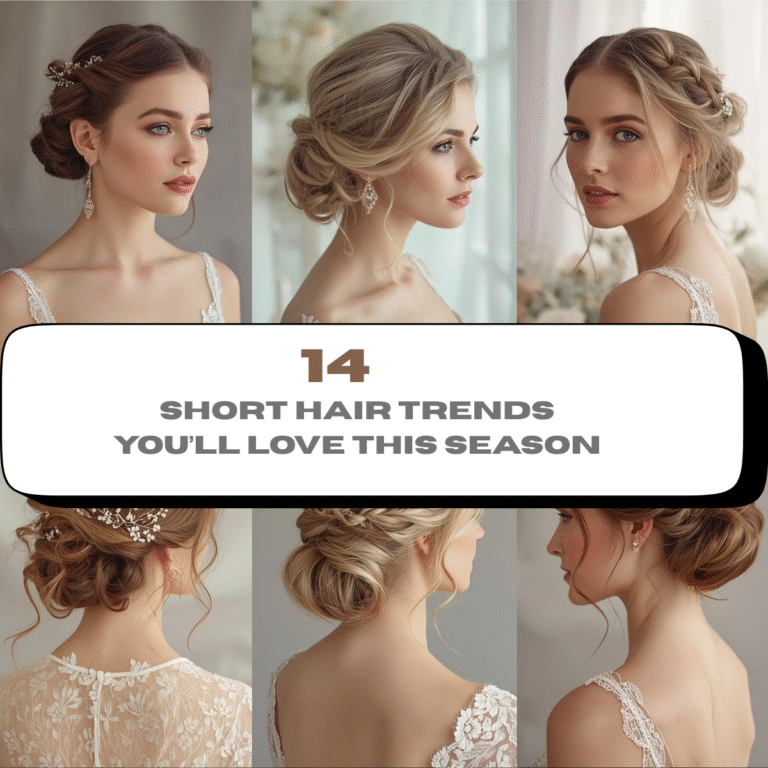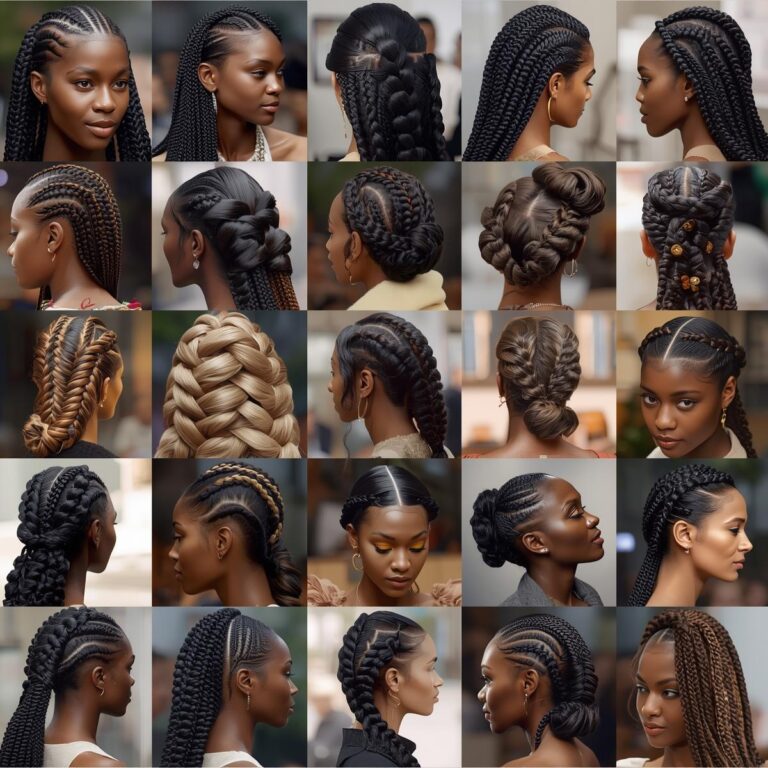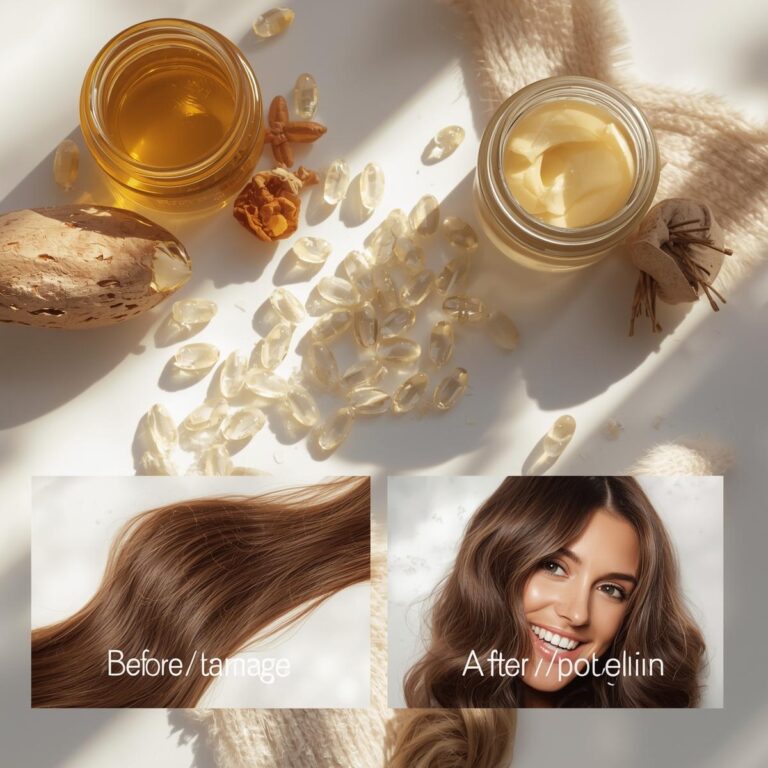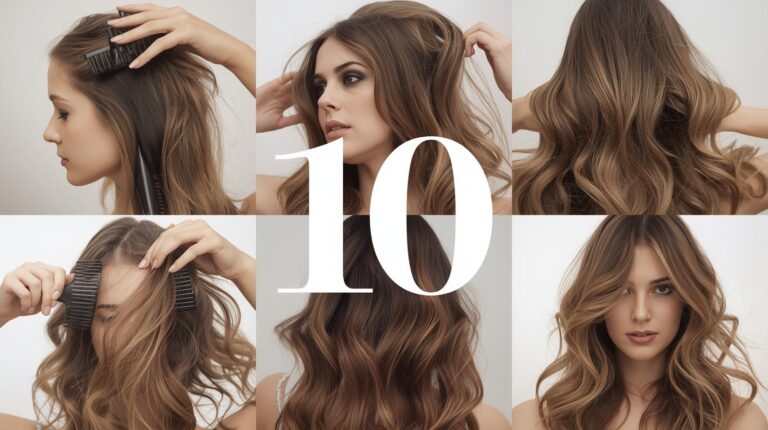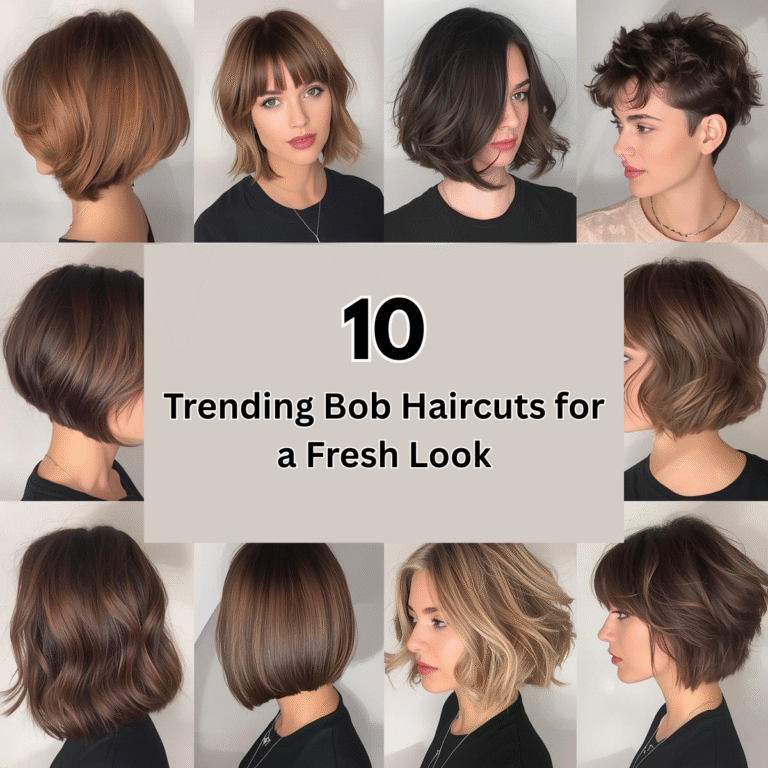10 Common Reasons Your Hair Is Getting Thinner
Noticing your hair getting thinner can feel alarming. You might see more strands in your brush, a widening part, or a loss of fullness over time. While thinning hair is common, understanding why it happens is the first step to fixing it.
Hair thinning can result from various causes — from lifestyle factors to hormonal changes. The good news? Once you identify the root cause, you can take steps to restore your hair’s health and volume.
Here are the 10 most common reasons your hair is getting thinner — and what you can do to stop it.
1. Genetics
If thinning hair runs in your family, genetics might be the main cause. Androgenetic alopecia (also known as hereditary hair loss) affects both men and women. It’s linked to hormones that gradually shrink hair follicles, causing shorter, finer hair growth.
Solution: While you can’t change your genes, you can slow down the process with treatments like minoxidil, scalp massages, and nourishing oils such as rosemary or castor oil. Regular trims and volumizing cuts also help disguise thinning.
2. Hormonal Imbalance
Hormones play a major role in hair growth. Changes during pregnancy, menopause, thyroid disorders, or birth control use can trigger excessive shedding or thinning. These imbalances affect the hair growth cycle, causing more strands to fall out than grow back.
Solution: Consult a healthcare professional to check your hormone levels. Include protein-rich foods and supplements like biotin, iron, and zinc to strengthen your hair from within.
3. Stress
Chronic stress can trigger telogen effluvium, a condition where hair follicles enter a resting phase prematurely, leading to shedding and thinning. Emotional or physical stress — like illness, surgery, or anxiety — can all contribute.
Solution: Practice stress-reducing activities such as yoga, meditation, deep breathing, or light exercise. Consistent relaxation routines can help your hair growth cycle return to normal.
4. Nutrient Deficiency
Hair is made mostly of protein (keratin), so a lack of nutrients directly impacts growth. Deficiencies in iron, vitamin D, biotin, and omega-3 fatty acids are particularly linked to thinning hair.
Solution: Eat a balanced diet with leafy greens, eggs, fish, nuts, and whole grains. You can also take supplements after consulting your doctor to ensure your hair gets the nourishment it needs.
5. Overstyling and Heat Damage
Constant blow-drying, straightening, or curling can weaken thin strands, causing breakage and thinning over time. Chemical treatments like bleaching or relaxing further damage the hair cuticle, making it fragile.
Solution: Limit heat styling and always use a heat protectant spray. Opt for heatless hairstyles and give your hair regular breaks from chemical treatments. Deep conditioning masks once a week can also help repair damage.
6. Tight Hairstyles
Wearing tight ponytails, braids, or buns regularly puts tension on your hair follicles. This can lead to traction alopecia, a type of hair loss caused by constant pulling. Over time, it may result in thinning, especially near the hairline.
Solution: Switch to looser styles and use soft scrunchies instead of elastic bands. Let your hair down often to relieve stress on your scalp.
7. Scalp Conditions
An unhealthy scalp can stunt hair growth. Conditions like dandruff, psoriasis, fungal infections, or excessive oil buildup clog follicles and weaken roots.
Solution: Keep your scalp clean and exfoliated. Use an anti-dandruff shampoo once a week and try tea tree or peppermint oil for natural cleansing. Regular scalp massages improve circulation and encourage new growth.
8. Aging
As we age, hair naturally becomes thinner due to slower cell regeneration and decreased hormone levels. The strands lose pigment, elasticity, and strength, making hair appear finer and more fragile.
Solution: Focus on gentle care — use volumizing shampoos, lightweight conditioners, and regular trims. Avoid harsh brushing or styling and keep your scalp hydrated with nourishing oils.
9. Medical Conditions
Certain medical conditions like thyroid disorders, autoimmune diseases (like alopecia areata), PCOS, or anemia can lead to thinning hair. Sometimes, the thinning might appear suddenly or be accompanied by other symptoms like fatigue or hormonal imbalance.
Solution: If hair thinning is sudden or severe, consult your doctor for a proper diagnosis. Treating the underlying condition often helps restore hair growth naturally.
10. Harsh Hair Products
Many shampoos and styling products contain sulfates, parabens, alcohol, and silicones, which strip natural oils and weaken thin hair. Over time, product buildup clogs follicles and leads to dull, lifeless strands.
Solution: Switch to sulfate-free and silicone-free formulas. Look for products with natural ingredients like aloe vera, keratin, and argan oil. Regularly clarifying your scalp helps remove residue and restore balance.
Bonus Tip: Sleep and Self-Care Matter
Your hair reflects your overall health. Poor sleep, dehydration, and lack of self-care can all contribute to thinning. Aim for 7–8 hours of sleep daily and stay hydrated — your scalp and hair follicles will thank you!
Final Thoughts
Hair thinning can be distressing, but it’s not always permanent. By identifying these 10 common causes, you can take steps to protect your strands, support healthy growth, and restore fullness naturally.
Remember: thin hair doesn’t define your beauty — consistent care, a balanced diet, and gentle styling can bring your hair back to life with time and patience.
